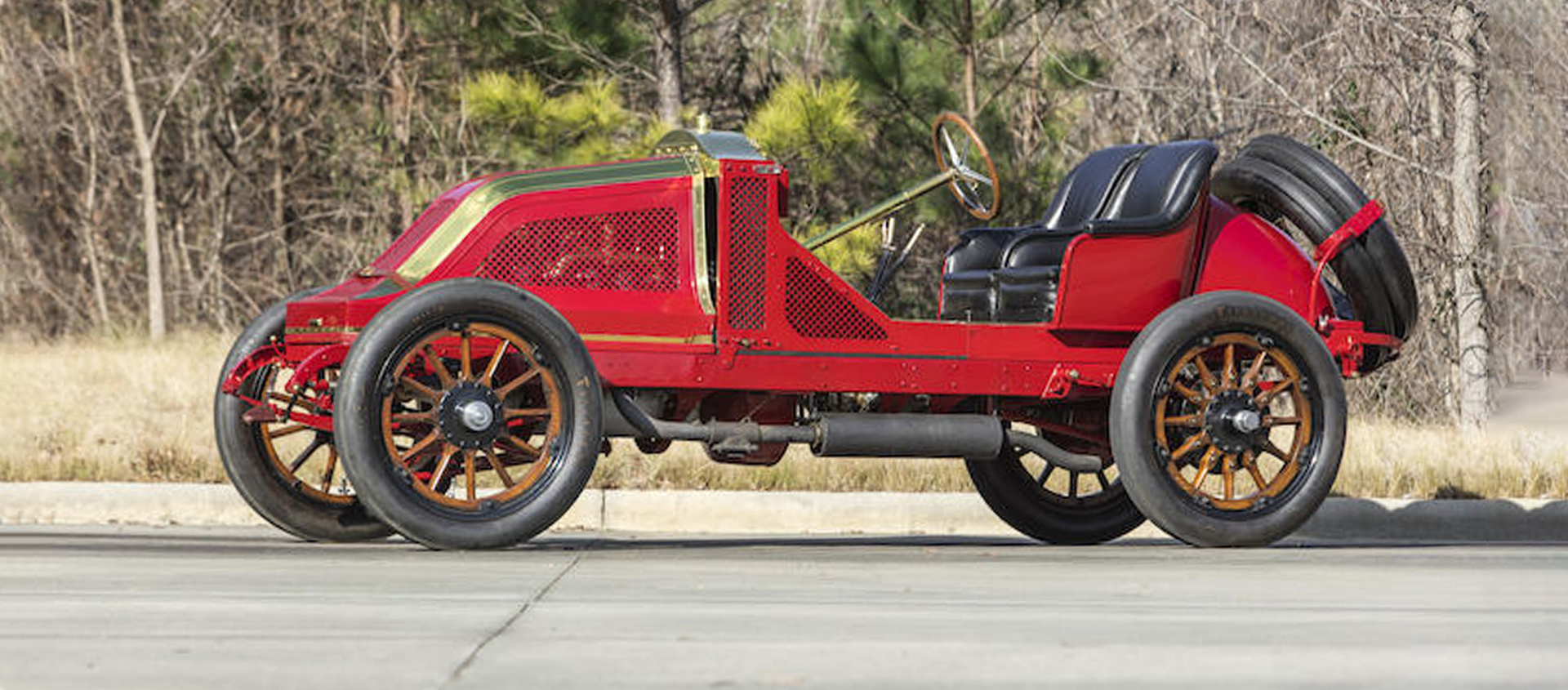Auctions: traditional or online? Who wins
17 July 2020 2 min read 6 images

The first half of the year brought with it an opportunity. Not bad considering the context: physical or virtual auctions? A comparison that involves everyone: sellers, first and foremost, but also buyers and auction houses.
Register to unlock this article
Signing up is free and gives you access to hundreds of articles and additional benefits. See what’s included in your free membership. See what's included in your free membership.
Already have an account? Log In